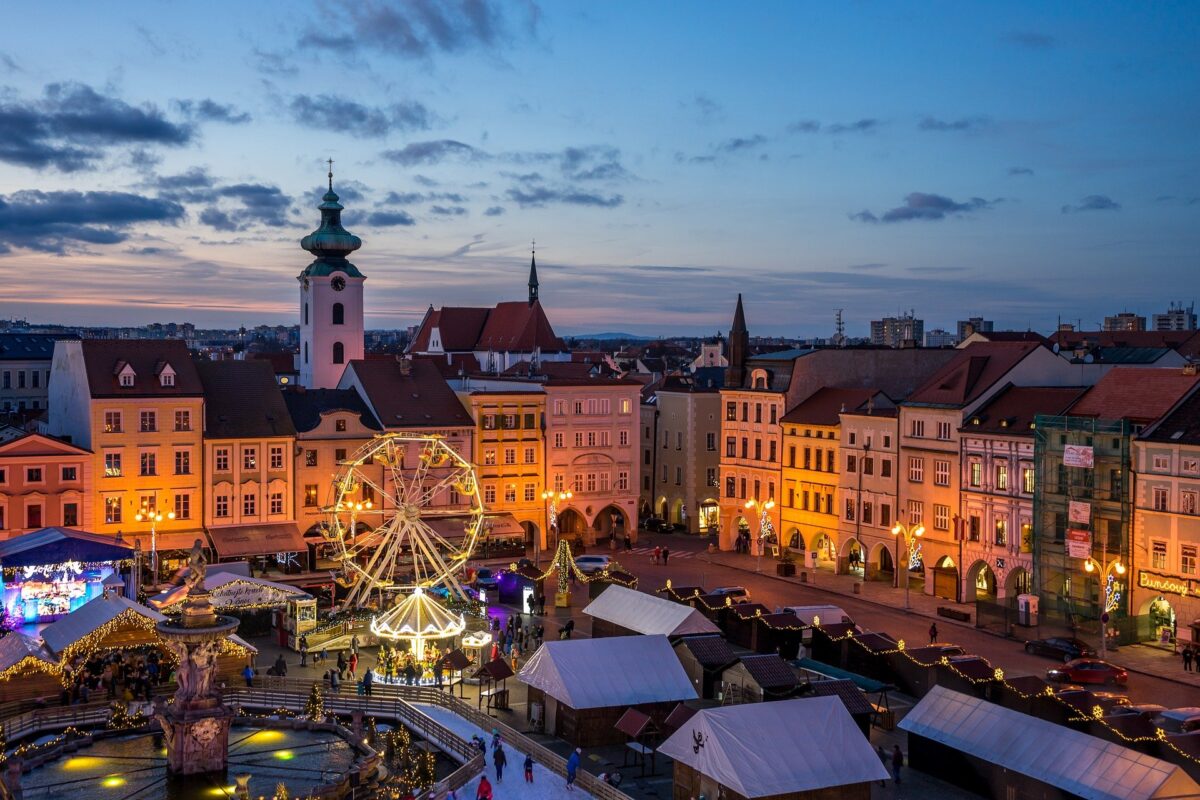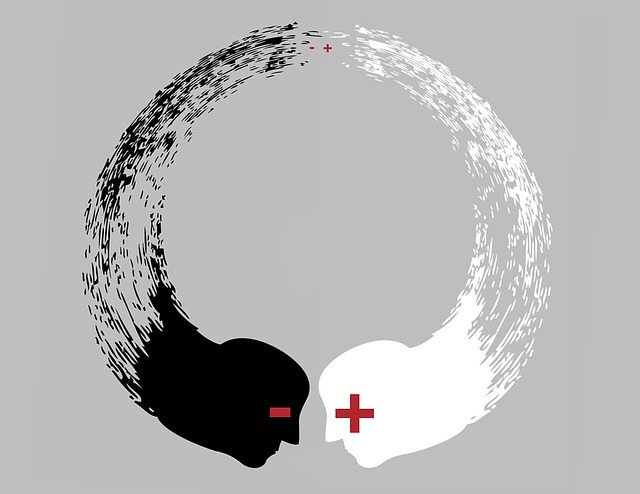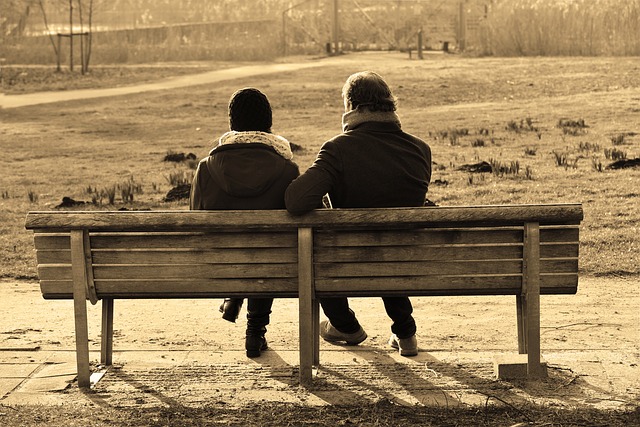Allyson Pimentel, UCLA meditation trainer, provided a guided meditation podcast focused on the power of the present moment. Her meditation, titled Mindfulness and Lineage explores the present moment as the encapsulation of all that has happened in our past along with the potentiality to shape our future. The present moment provides us with the opportunity to reflect on our words and actions, to engage in reflection-in action and to envisage our future. It enables us to begin to appreciate our ancestors and all that has gone before us while looking forward to what we ourselves can contribute to future generations.
When we think of the people who have gone before us, our ancestors, and realise that we are today the inheritors of their efforts, sacrifices, challenges and perspectives, we can begin to feel gratitude for all the positive things that we have inherited. The SBS TV documentary, Who Do You Think You Are?, explores the ancestry of well-known Australians from sport, politics, music, film, stage and television. Invariably, the exploration highlights incredible courage and resilience of forbears and their vision to create a better future for those who were to come after them. They often endured unbelievably harsh living conditions, undertook dangerous and arduous journeys and lived with uncertainty as the reality of daily life.
When we reflect on the past and the people who have preceded us we have a lot to be grateful for – our freedom, innovations, insights, discoveries, technologies (including medical processes and medications). We acquired knowledge through our predecessors trial and error endeavours and risk-taking. We have come to better understand our bodies, minds and spirit through their explorations, including neuroscience research. The inheritance from our forbears is endless, enduring and engaging. If we reflect on our lineage and explore our family history, we come to appreciate even more our connectedness to people, places and history. We can be grateful for the mindfulness tradition which had its origins in Buddhism but has broadened from a religious base and, in Western countries, morphed into a secular tradition informed by neuroscience.
Guided meditation
Allyson focuses initially on our bodies, encouraging us to be really grounded our body in the way it takes up space, its textures, height and width, weight, lightness and heaviness and interactions with its external world through the senses of sight, sound, smell, taste and touch. She reminds us that mindfulness involves being fully in the present moment and apprehending the present with its potency and potentiality through curiosity, openness and willingness to be with what is – accepting our here-and-now experience, including our limitations (physical and mental), our lived experience shaping our perceptions and habituated behaviour, and our emergent self-awareness.
Allyson encourages us firstly to explore the back of our body – our spine running down the length of our back as well as the back of our head, neck, buttocks, legs, arms, and heels. She suggests that this process can activate our conscious link with the past, with what has come before us but is now behind us. As we breath in and out gently, we can express appreciation for our lineage – what we have inherited in our world that contributes to our health, happiness and overall wellbeing. We can value our inherited natural environment and the connectedness to nature that we enjoy.
The next stage of the guided meditation involves focusing on the front of our body – our eyes, face, jaw, chest, stomach, thighs, calves, feet and toes. This process helps us to focus on the future – on the fact that our present moment is shaping our future. This is not only as a result of the immediate benefits of meditation but also the way we begin to develop our world view, heighten our perception, enhance our self-awareness and clarify our life purpose.
Reflection
We take so much for granted in our lives. This guided meditation on our lineage opens our minds to the people who have gone before us and what they have made possible for us. It builds our sense of appreciation and gratitude and enables us to deepen our self-awareness through understanding our origins and its influence on our daily lives. The meditation also develops an openness to the potentiality of our future. As we grow in mindfulness through meditation and reflection we gain increasing insight into our inner landscape and our outer environment and the forces that have shaped us and continue to influence our life and our individual paths.
______________________________
By Ron Passfield – Copyright (Creative Commons license, Attribution–Non Commercial–No Derivatives)
Disclosure: If you purchase a product through this site, I may earn a commission which will help to pay for the site, the associated Meetup group, and the resources to support the blog.








